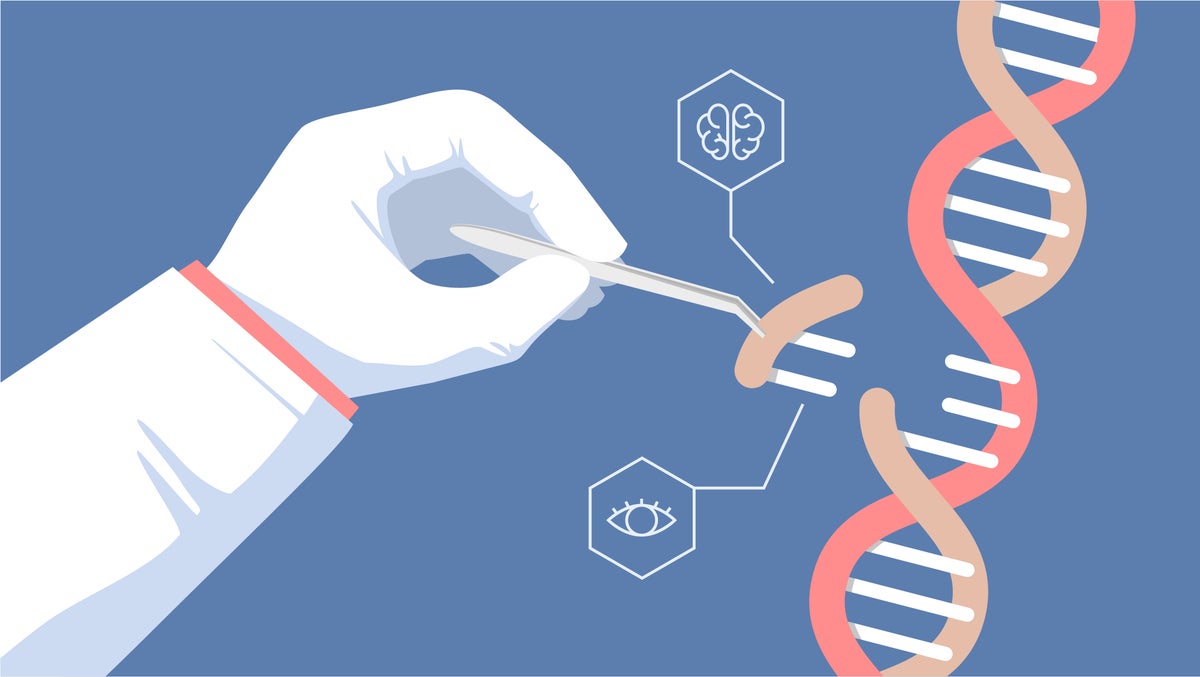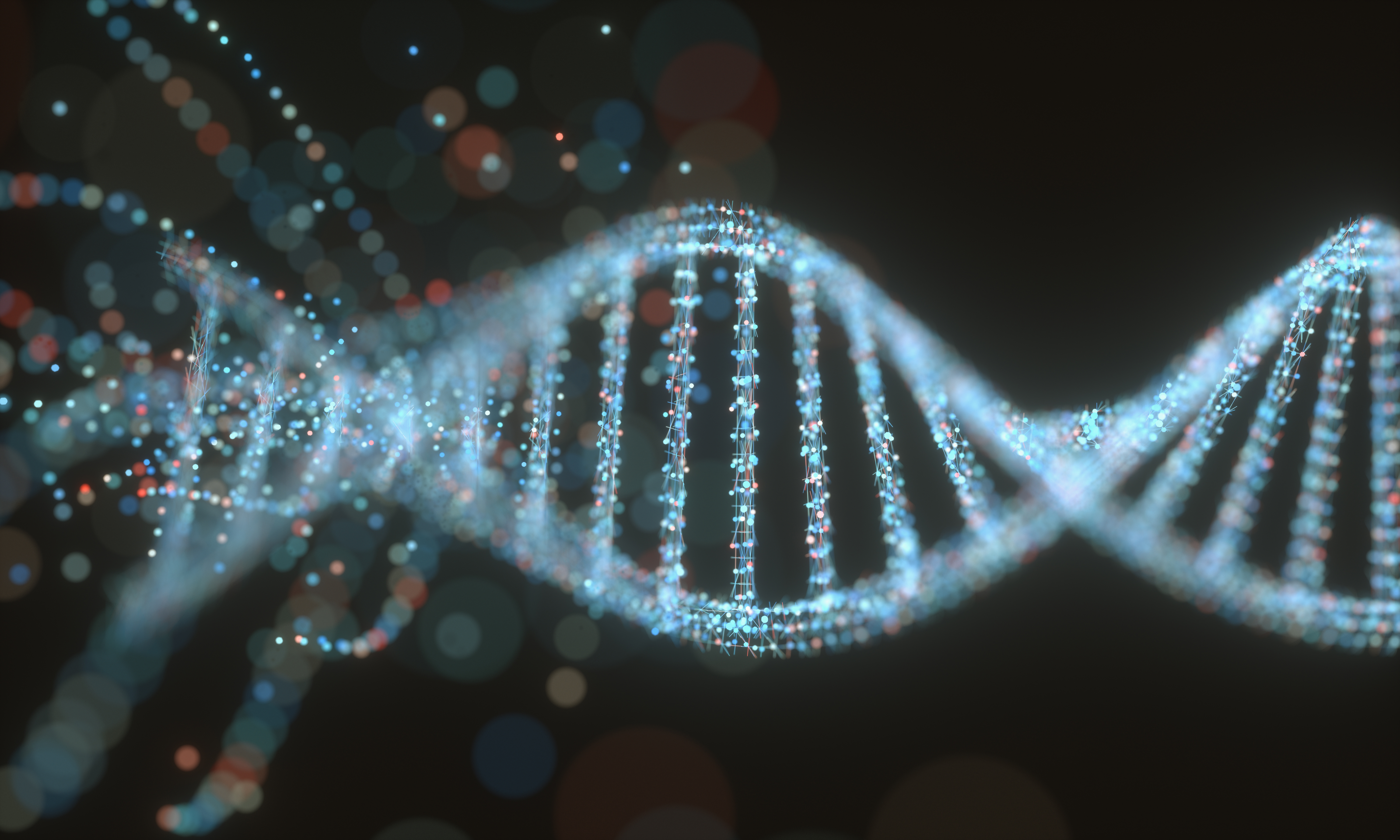NIH Study Sheds Light on a Common Mental Disorder
A very common mental disorder named Bipolar disorder is a chronic mental health conditioned ultimately characterized by extreme fluctuations in mood, energy, and lastly behavior. In the article, it goes ahead and explains many people feeling extremely "up" or irritable and also feeling very "down" or lack of pleasure. This disorder can be treated with medication, but over a long period of time it can get challenging to keep up with. The study suggests "a persons risk for developing bipolar disorder is influenced by many genes but open questions remain about the full range of genes involved and whether they differ for specific subtypes." This study is the largest to date with including 158,036 people with the specific disorder and 2,796,499 total people who do not have the disorder. The participants were of East Asian, African American, Latino, and European. In this study they found almost 300 gene locations and 36 unique genes being linked to this disorder. There were shown to be many overlapping other mental disorders like depression and schizophrenia. This research is a building block and new medications or approaches can be sought out and identified to help individuals suffering from bipolar disorder and even other types.
My dad suffers from bipolar disorder and I know a few others who do to. It is more common than we know and some people just brush the symptoms off or don't know what to look for, so it gets untreated. It is great that researchers want to know more about the architecture of it and what genes make up the mental disorder. More studies and research can help educate individuals suffering from this specific disorder or even healthcare workers can learn something too. I wonder what research in the future will look like and what advancements in medicines and approaches there will be to help people like my dad.
Sources:





